Chess legend, Fischer, won against Victor Korchnoi in 1970, playing King’s Indian Defense. So, if you’re looking for the perfect opening strategy to win against 1. d4, then you need to learn how to play King’s Indian defense.
When an expert like Korchnoi couldn’t survive a game with this opening, I bet it can crush your opponent in the upcoming tournaments in no time.
I am confident anybody can pull it off with the right guidance, even though it’s a little challenging for beginners.
King's Indian Defense
1. | Reply to 1
After 1. e4 (King’s Pawn Opening), 1. d4 (Queen’s Pawn Opening) is the other most common opening move in chess. From beginner tournaments to the Candidates, it’s widely played. Let’s explore why this opening is a strong and fitting choice.
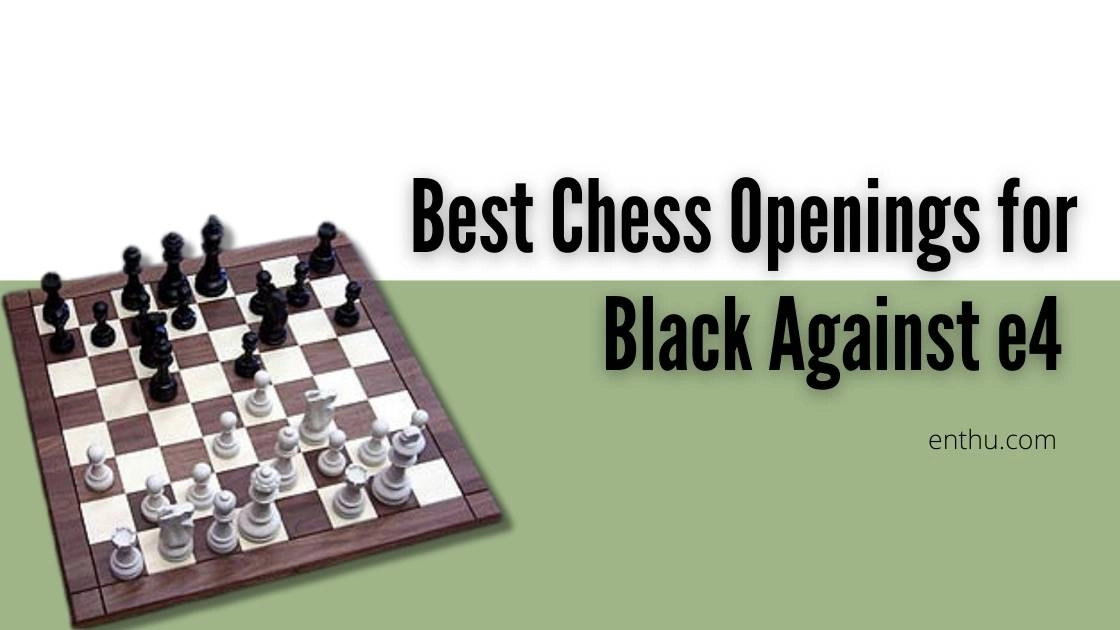
Definition The King’s Indian
defense is an opening strategy against the Queen’s pawn openings–1. e4. The initial moves of this opening are:1.d4 Nf6 2. c4 g6 3. Nc3 Bg7
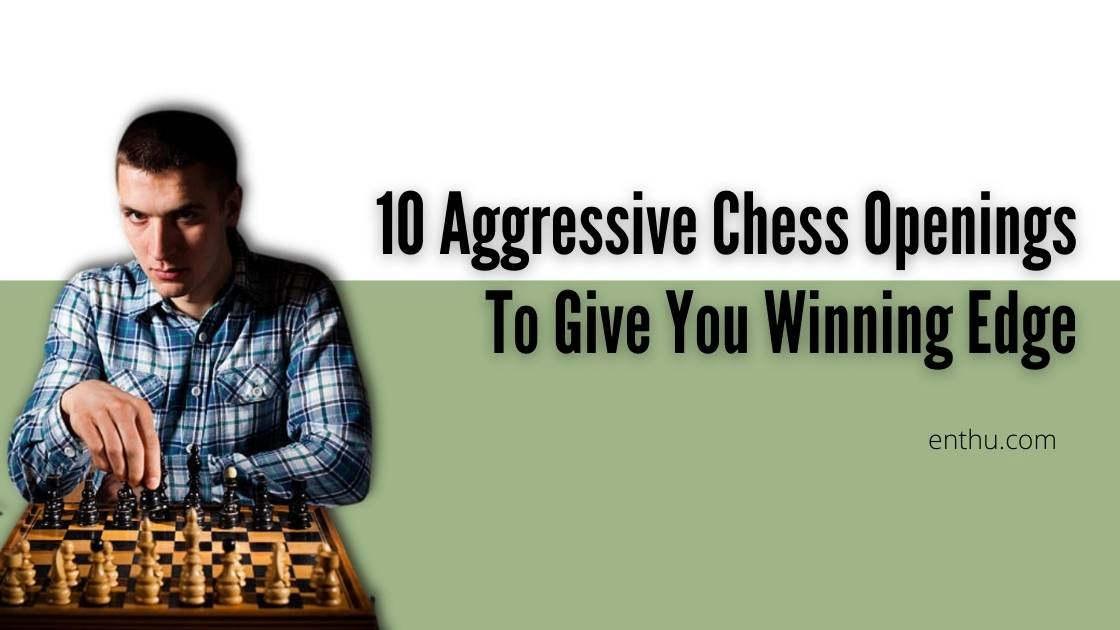
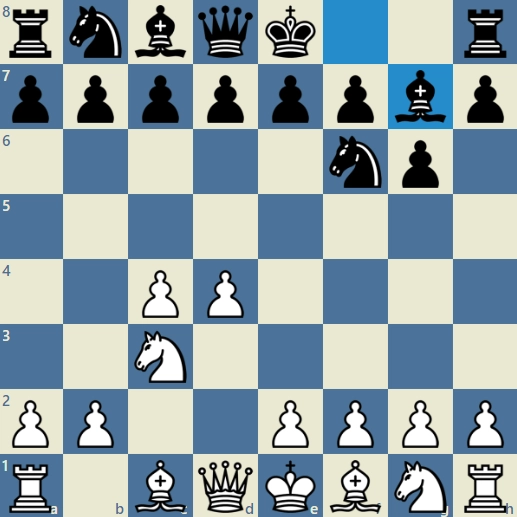
From Bobby Fischer and Kasparov to Hikaru Nakamura, many chess grandmasters played this opening as black to win against white. So, if you’re preparing for any upcoming chess competitions, I would recommend mastering this opening and its variations.

History
This section is for those readers who are curious to know
Who Invented The King’s Indian Defense
I know many beginners speculate the origin and the history of a strategy before implementing it because I did! So, without further ado, let’s dive in.
Originated in the Late 19th Century

Alchetron.com The roots of this opening go back to the Russian chess player Mikhail Ivanovich Chigorin, who was active in the last decades of the 19th century.
He played rudimentary lines of this opening, which wasn’t yet a book move or a popular strategy. Back then, it was called “Indian Defense.”
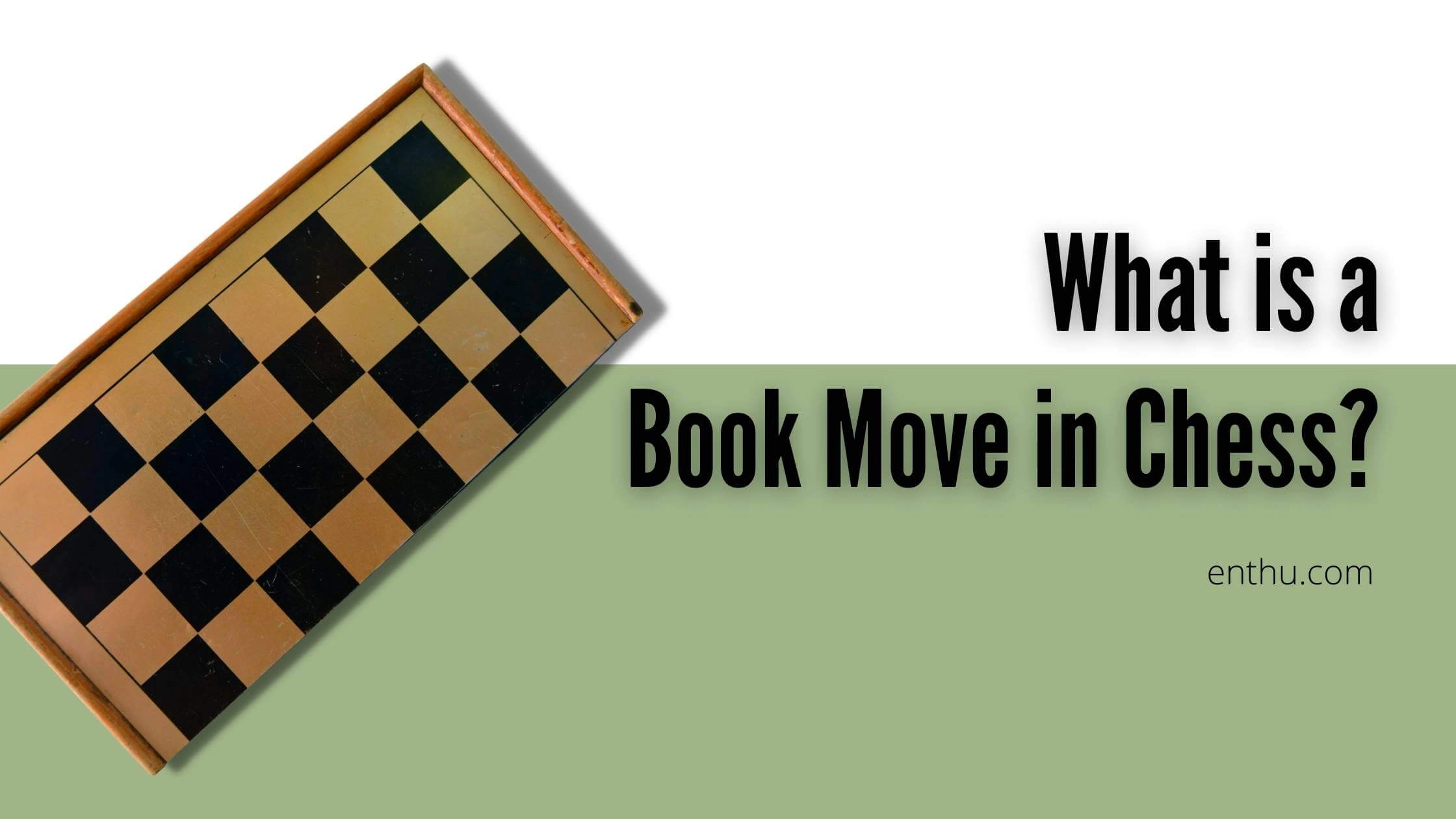
The first written record of Indian Defense dates from 1884 According to Chess Player’s Chronicle, 22nd October 1884, “An example of the rare Indian Defence, so called on account of its introduction by the celebrated Indian Chess Player, the Brahmin Moheschunder Bonnerjee, in his games against Cochrane.”
Early 20th-Century
British players played it Even though Chigorin played a crude form of this opening, it was British chess players who implemented this opening in the early 20th century. The first players who preferred this strategy were Yates, Tartakower, Reti, and Euwe, to name a few.
It’s a Hypermodern
This opening is classified as a hypermodern chess opening, a style that gained popularity in the first half of the 20th century. Instead of occupying the center immediately with pawns, hypermodern openings focus on controlling it from a distance with pieces.
During the 1940s, several leading Soviet players—most notably David Bronstein and Isaac Boleslavsky—used this opening extensively as a weapon against White. Their contributions played a key role in shaping modern opening theory.
What is Hypermodern Chess?
Hypermodern chess is a school of chess that came into existence after the first World War. It challenged the existing chess ideas like controlling the center, mainly the norms followed by the central European master Wilhelm Steinitz.
Instead, this school of chess approached the chess rules established by Siegbert Tarrasch.
2. Gained popularity
In the 1953 Candidates Tournament
By the 1950s, King’s Indian was already a popular opening strategy in chess. So much so that almost one-fifth of the game in the 1953 Candidates Tournament opened with this strategy. In the latter half of the 20th century, it became more popular even among the upcoming chess players.
As a matter of fact, Fisher, who was back then a new generation player, won the World Blitz Championship 1970 as black using this opening. World Champion Bobby Fischer played King’s Indian Attack. After that, more and more players began playing this strategy, including Kasparov.
3. Variations of King's
Indian Defense Learning the main variations of the King’s Indian defense is the best way to master this opening. So, let’s check out the most important ones.
The Main Line
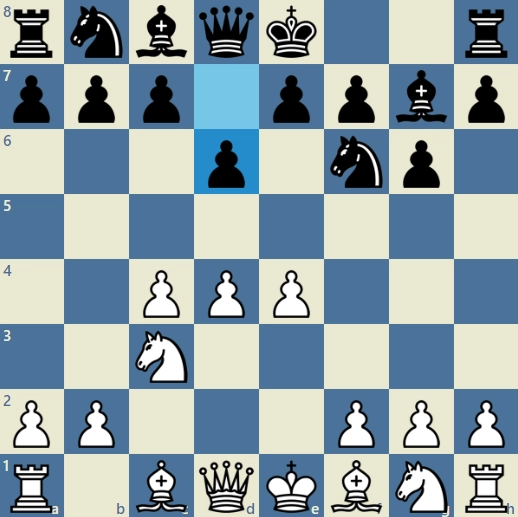
This line is also called the Mar Del Plata line. The moves to play the mainline of this opening are: 1. d4 Nf6 2. c4 g6 3. Nc3 Bg7 4. e4 d6 *****The mainline of an opening means the variation (or series of moves) that are mostly played by expert players. Let’s check out a few popular games that began with the mainline.
Lajos Portisch vs Miguel Najdorf
1961 The series of moves is:
1.d4 Nf6 2.c4 g6 3.Nc3 Bg7 4.e4 d6 5.Nf3 O-O 6.Be2 e5 7.OO Nbd7 8.Re1 c6 9.Bf1 a5 10.Rb1 Re8 11.b3 Ng4 12.d5 c5 13.h3 Nh6 14.Nb5 Nf8 15.a3 f5 16.Nd2 Nf7 17.b4 b6 18.bxc5 bxc5 19.Bd3 f4 20.Be2 Nd7 21.Bg4 Nf6 22.Bxc8 Qxc8 23.Nc3 g5 24.Rb6 h5 25.Nf3 Qd8 26.Rc6 Rc8 27.Nb5 Qd7 28.h4 gxh4 29.Rxc8 Rxc8 30.Nxh4 Nh6 31.Bd2 Re8 32.a4 Nfg4 33.f3 Qd8 34.Nf5 Nxf5 35.exf5 Nh6 36.Kf2 Qh4+ 37.Ke2 Nxf5 38.Nc3 Rb8 39.Ne4 Rb3 40.Bc3 Ra3 41.Kd3 Ng3 42.Qc1 Nxe4 43.Rxe4 Ra2 44.Re2 Rxe2 45.Kxe2 Qg3 46.Qf1 Qg6 47.Bd2 Qc2 48.Ke1 Bf6 49.g4 fxg3 50.Qh3 Qb3 51.Kf1 Qd3+ 52.Ke1 Qxf3 53.Qe6+ Kg7 0-1
Sergio Antonio Cabrera vs Mikhail Tal
Las Palmas, 1977 The moves that led Mikhail Tal to win the game are:
1.d4Nf6 2.c4 g6 3.Nc3 Bg7 4.e4 d6 5.Nf3 O-O 6.Be2 Nbd7 7.O-O e5 8.Re1 c6 9.Bf1 a5 10.Rb1 Re8 11.d5 Nc5 12.b3 Rf8 13.a3 cxd5 14.cxd5 Bd7 15.b4 axb4 16.axb4 Na4 17.Qb3 Qc7 18.Bd2 Nxc3 19.Bxc3 Qb6 20.Qb2 Rfc8 21.Rbc1 Bb5 22.Nd2 Bh6 23.Rc2 Rc7 24.Nb1 Bxf1 25.Kxf1 Qb5+ 26.Kg1 Qd3 27.f3 Rac8 28.Kf2 b5 29.Re2 Nd7 30.Qa3 Nb6 31.Ba1 Qxc2 32.Rxc2 Rxc2+ 33.Kg3 Nc4 34.Qa6 Ne3 35.Qxd6 Rxg2+ 36.Kh3 Bf4 0-1
The Classical Variation
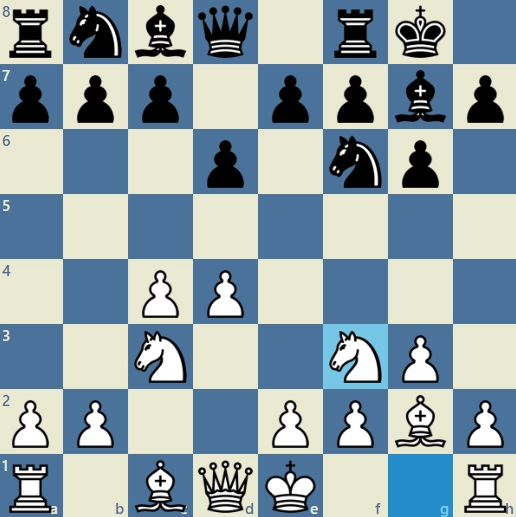
The Classical variation of King’s Indian defense begins with 1. d4 Nf6 2. c4 g6 3. Nc3 Bg7 4.g3 0-0 5.Bg2 d6 6.Nf3 ****The classical variation of an opening is the series of moves that were played before the Hypermodern era.
To play the Classical variation, the Fianchetto version, you need to play: 1 d4 Nf6 2 c4 g6 3 Nc3 Bg7 4 Nf3 d6 5 g3 O-O 6 Bg2 Nbd7 7. O-O e5 8 e4
4. Mikhail Botvinnik vs. Mikhail Tal
World Championship Match, 1964 Tal played this Fianchetto version of the Classical line to win against Botvinnik after a historic match.
Study the moves and observe how Tal modified the book moves as per his convenience and managed a win. 1.c4 Nf6 2.Nf 3g6 3.g3 Bg7 4.Bg2 O-O 5.d4 d6 6.Nc3 Nbd7 7.OO e5 8.e4 c6 9.h3 Qb6 10.d5 cxd5 11.cxd5 Nc5 12.Ne1 Bd7 13.Nd3 Nxd3 14.Qxd3 Rfc8 15.Rb1 Nh5 16.Be3 Qb4 17.Qe2 Rc4 18.Rfc1 Rac8 19.Kh2 f5 20.exf5 Bxf5 21.Ra1 Nf4 22.gxf4 exf4 23.Bd2 Qxb2 24.Rab1 f3 25.Rxb2 fxe2 26.Rb3 Rd4 27.Be1 Be5+ 28.Kg1 Bf4 29.Nxe2 Rxc1 30.Nxd4 Rxe1+ 31.Bf1 Be4 32.Ne2 Be5 33.f4 Bf6 34.Rxb7 Bxd5 35.Rc7 Bxa2 36.Rxa7 Bc4 37.Ra8+ Kf7 38.Ra7+ Ke6 39.Ra3 d5 40.Kf2 Bh4+ 41.Kg2 Kd6 42.Ng3 Bxg3 43.Bxc4 dxc4 44.Kxg3 Kd5 45.Ra7 c3 46.Rc7 Kd4 47.Rd7+ 0-1

5. Levente Lengyel vs Jozsef Szily
Budapest, 1964 Szily won this game against Lengyel as black. This is one of the best instances where the Classical variation was implemented so cleverly.
Go through the moves to understand how to continue the game after beginning with the Classical variation. The series of moves is:
1.Nf3 g6 2.d4 Bg7 3.g3 Nf6 4.Bg2 O-O 5.c4 d6 6.Nc3 c6 7.O-O Nbd7 8.e4 e5 9.h3 a5 10.Be 3exd4 11.Nxd4 Nc5 12.Qc2 Qe7 13.Rfe1 a4 14.Rad1 Nfd7 15.f4 Re8 16.Bf2 Nf8 17.Qd2 Qc7 18.Nde2 Be6 19.Qxd6 Qxd6 20.Rxd6 Nfd7 21.Red1 Bf8 22.R6d2 Nb8 23.Rd4 Bg7 24.e5 f6 25.Rd6 Nba6 26.exf6 Bxf6 27.Nd4 a3 28.bxa3 Nc7 29.Nxe6 N7xe6 30.Bxc5 Bxc3 31.Bb4 Bg7 32.R6d3 c5 33.Be1 Nd4 34.Bxb7 Rab8 35.Bd5+Kf8 36.Bf2 Rb2 37.R3d2 Re2 38.Rxe2 Nxe2+ 39.Kf1 Bd4 40.Be1 Nc3 41.Rd3 Nxd5 42.cxd5 Rxa2 43.Ba5 Ke7 44.Bc7 Bb2 45.Rb3 c4 46.Rb7 c3 47.Be5+ Kd8 48.Rc7 Ba1 49.d6 c2 50.Ke1 Rxa3 51.Kd2 Bxe5 52.fxe5 Ra5 53.Re7 Rc5 54.Kc1 Rc3 55.Rxh7 Re3 56.Re7 Rxg3 57.e6 1-0
6. Max Euwe vs Rafael Cintron
Munich, 1958 Euwe won this game as white, so I would recommend you to study this game and look at how Cintron could have avoided defeat. The series of moves is:
1.d4 Nf6 2.c4 g6 3.g3 Bg7 4.Bg2 O-O 5.Nc3 d6 6.Nf3 c6 7.O-O Nbd7 8.e4 e5 9.h3 exd4 10.Nxd4 Nc5 11.Be3 Qe7 12.Qc2 Bd7 13.Rfe1 Rad8 14.Rad1 Ne6 15.Nxe6 Bxe6 16.b3 Qc7 17.g4 Nd7 18.f4 f6 19.Ne2 c5 20.Ng3 Nb8 21.Rd3 Nc6 22.a3 Bf7 23.Red1 Rfe8 24.Qd2 Bf8 25.Ne2 Qe7 26.Nc3 a6 27.Bf2 Na5 28.Nd5 Bxd5 29.exd5 b6 30.Re1 Qf7 31.Re6 Rxe6 32.dxe6 Qc7 33.Bd5 Be7 34.Bh4 Nc6 35.Bxf6 Bxf6 36.e7+ Kg7 37.exd8= QNxd8 38.g5 1-0
7. Petrosian Variation
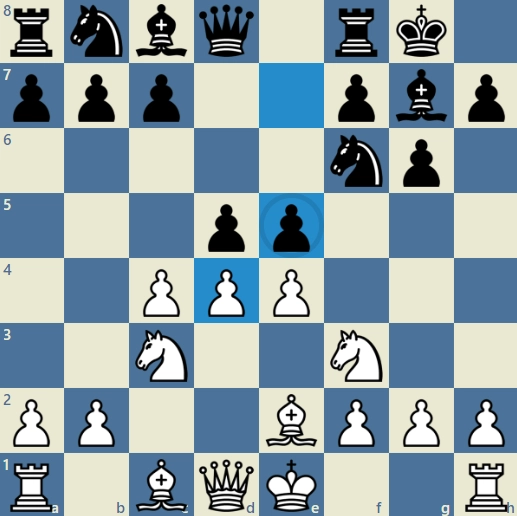
If you’re looking for a strategy to fight against the opening in the discussion, then I would recommend playing the Petrosian variation. The moves are: 1.d4 Nf6 2.c4 g6 3.Nc3 Bg7 4.e4 d6 5.Nf3 O-O 6.Be2 e5 7.d5
Petrosian variation is the best strategy to win against King’s Indian defense as white. And, there are several reasons why this variation is considered a trustworthy option for white. Firstly, white can catch black off guard by playing the d-pawn and stopping black from developing the knight to the c6 square.
Secondly, white can play the b-pawn to launch an attack on the black Queenside. Let’s take a look at how chess players used this variation to win as white.
Mikhail Tal vs. Robert James Fischer
Bled-Zagreb-Belgrade Candidates, 1959 This is one of the most popular games in the Petrosian variation. Tal managed a historic win against the legendary Fischer. Take a look at the moves. 1.d4 Nf6 2.c4 g6 3.Nc3 Bg7 4.e4 d6 5.Be2 O-O 6.Nf3 e5 7.d5 Nbd7 8.Bg 5h6 9.Bh4 a610.O-O Qe8 11.Nd2 Nh7 12.b4 Bf6 13.Bxf6 Nhxf6 14.Nb3 Qe7 15.Qd2 Kh7 16.Qe3 Ng8 17.c5 f5 18.exf5 gxf5 19.f4 exf4 20.Qxf4 dxc5 21.Bd3 cxb4 22.Rae1 Qf6 23.Re6 Qxc3 24.Bxf5+ Rxf5 25.Qxf5+ Kh8 26.Rf3 Qb2 27.Re8 Nf6 28.Qxf6+ Qxf6 29.Rxf6 Kg7 30.Rf8 Ne7 31.Na5 h5 32.h4 Rb8 33.Nc4 b5 34.Ne5 1-0
Laszlo Szabo vs Miguel Najdorf
Budapest Candidates, 1950 I suggest everybody compare this game with the one above. Go through the moves in detail and try to figure out the turning point in each game. The moves are:
1.c4 Nf6 2.Nc3 g6 3.d4 Bg7 4.e4 d6 5.Nf3O-O 6.Be2 e5 7.d5 Nbd7 8.Qc2 a5 9.h3 c6 10.Be3 cxd5 11.cxd5 b612.O-O Nh5 13.Rfd1 Nf4 14.Bf1 Nc5 15.a3 f5 16.b4 Nxe4 17.Nxe4 fxe4 18.Nd2 axb4 19.Nxe4 bxa3 20.Qc6 Bd7 21.Qxb6 Qxb6 22.Bxb6 Bf5 23.Nxd6 Bc2 24.Rd 2e4 25.Rxa3 Rxa3 26.Rxc2 Ra1 27.Nxe4 Nxd5 28.Bc5 Re8 29.Nd2 Re2 30.g3 Rd1 0-1
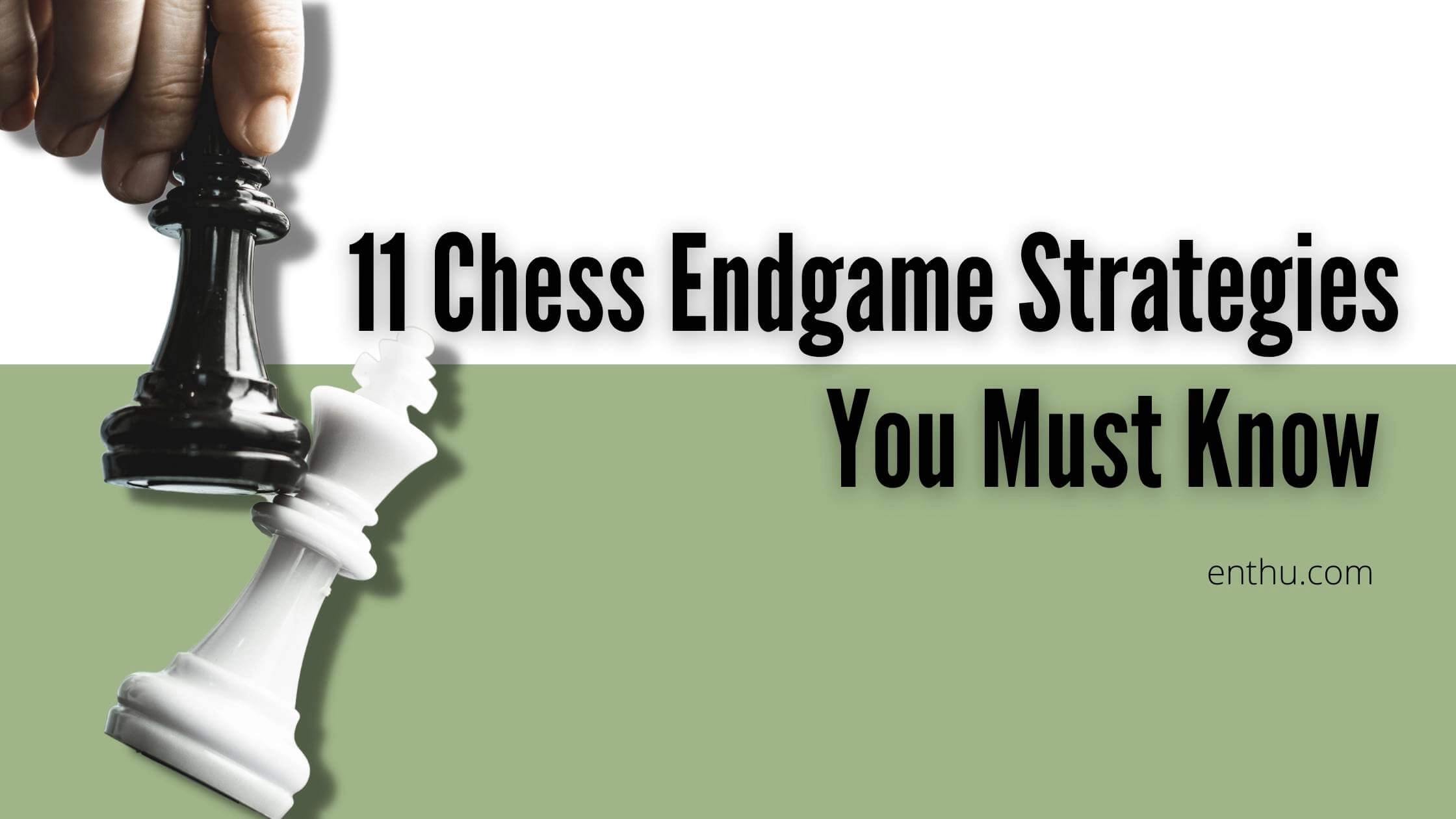
Sämisch Variation
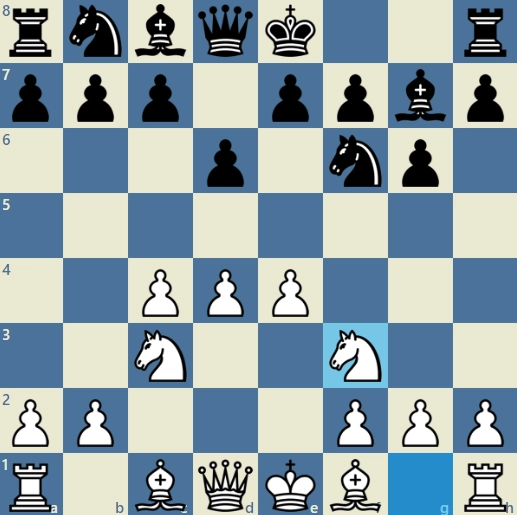
If you want to prevent Black from using the g4 square, then you must learn this variation. He will try to castle queenside in order to attack on the kingside by advancing his pawns. The moves are: 1. d4 Nf6 2. c4 g6 3. Nc3 Bg7 4. e4 d6 5. f3
Boris Spassky vs Robert James Fischer
Sveti Stefan & Belgrade YUG, 1992 Fischer's chess games with Spassky are legendary to say the least.
Many still end up wishing if Fischer could write down explanations behind his mysterious, yet brilliant moves. This game is one of those games that still intrigue chess players from all over the world.
The moves of this game are:
1.d4Nf6 2.c4g6 3.Nc3Bg7 4.e4d6 5.f3O-O 6.Be3Nc6 7.Nge2a6 8.Qd2Rb8 9.h4h5 10.Bh6e5 11.Bxg7Kxg7 12.d5Ne7 13.Ng3c6 14.dxc6Nxc6 15.O-O-OBe6 16.Kb1Ne8 17.Nd5b5 18.Ne3Rh8 19.Rc1Qb6 20.Bd3Nd4 21.Nd5Qa7 22.Nf1Nf6 23.Nfe3Bxd5 24.cxd5Rbc8 25.Rcf1Qe7 26.g4Nd7 27.g5Kf8 28.Rf2Ke8 29.Bf1Nc5 30.Bh3Rc7 31.Rc1Ncb3 32.axb3Nxb3 33.Rc6Nxd2+ 34.Rxd2Kf8 35.Rxa6Ra7 36.Rc6Kg7 37.Bf1Ra1+ 38.Kxa1Qa7+ 39.Kb1Qxe3 40.Kc2b40-1
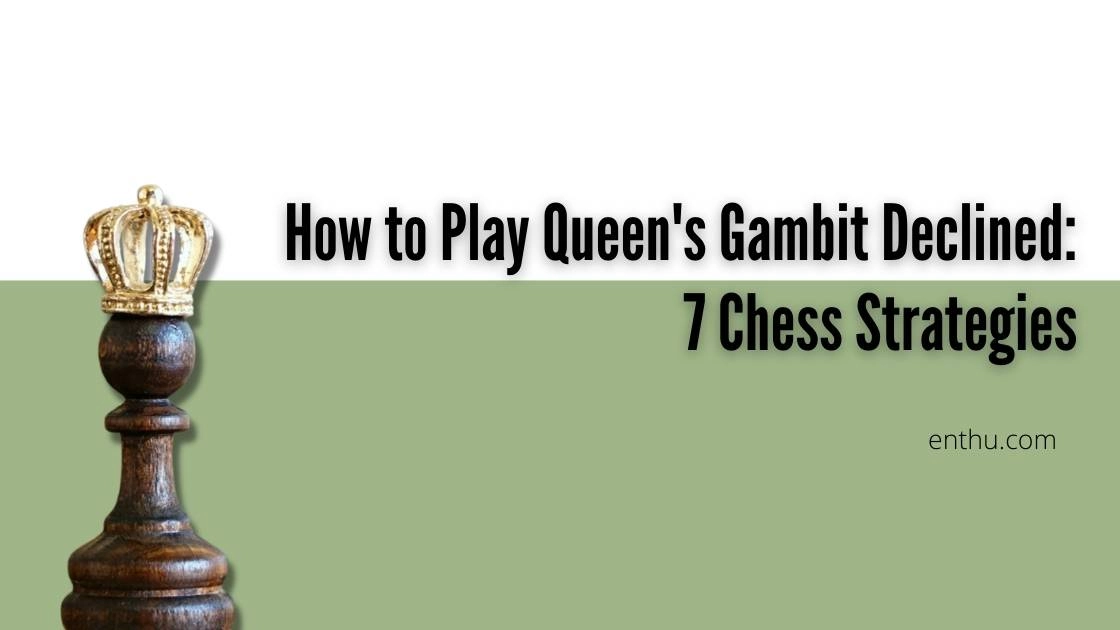


Conclusion
Dear readers, if you've just started playing chess, I would recommend not using this opening. Instead, you can learn easy chess openings like the French defense, Sicilian defense, Queen's Gambit, etc.
Once you understand the necessary chess tricks and tactics, only then start practicing the King's Indian defense, as it can be confusing for beginners and amateurs. All the best for your upcoming tournaments! See you in the next blog.
FAQs
1. Is King's Indian defense different from King's Indian Attack?
No, King's Indian defense and King's Indian Attack are the same. These terms are the modern names of Indian defense. The moves for this opening are 1. d4 Nf6 2. c4 g6 3. Nc3 Bg7
2. Is King's Indian Defense good for beginners?
King's Indian defense is challenging for chess beginners. It takes a lot of experience in chess to master this opening. However, if you can learn a few variations, you can try it out in tournaments. It's guaranteed to surprise your enemy player.
3. Why is it called the King's Indian defense?
Initially, it was called Indian defense because it was an Indian player, Mohuschandra Bannerjee, who played it first on international platforms. Later, King was added to the term.


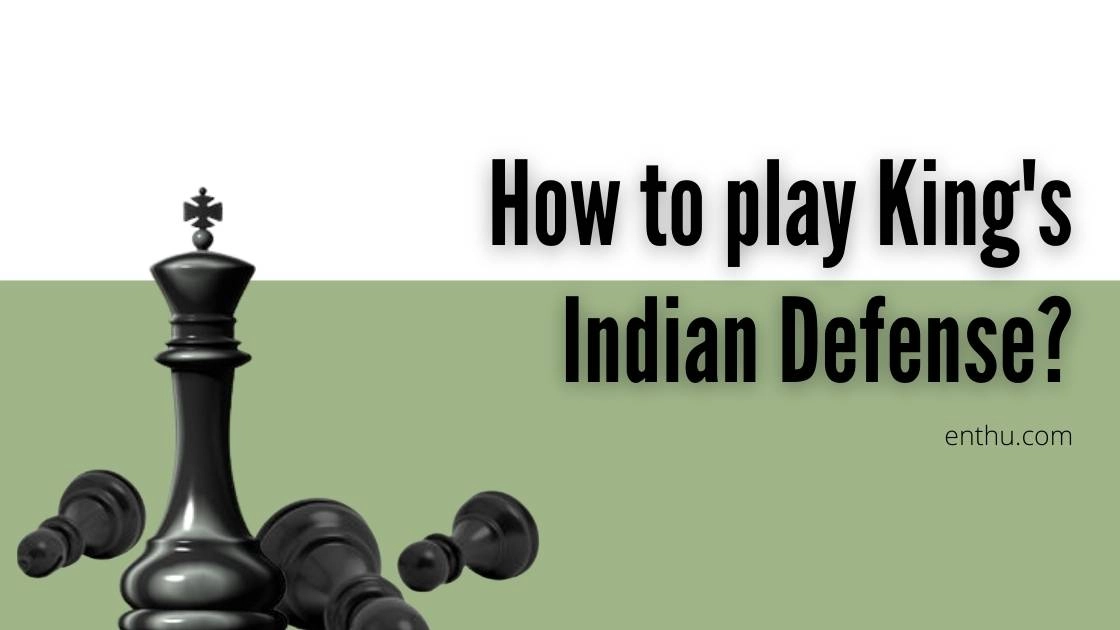
.png)


Comments